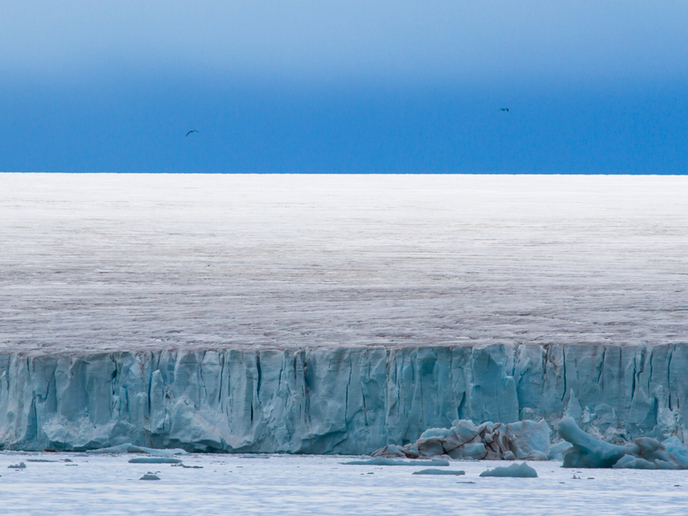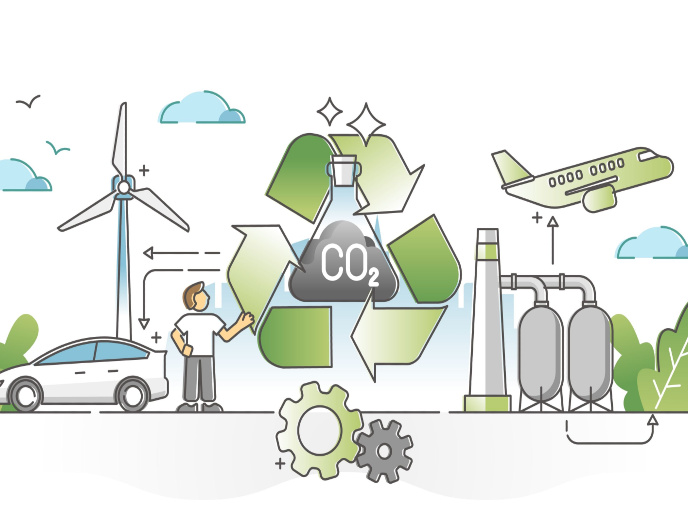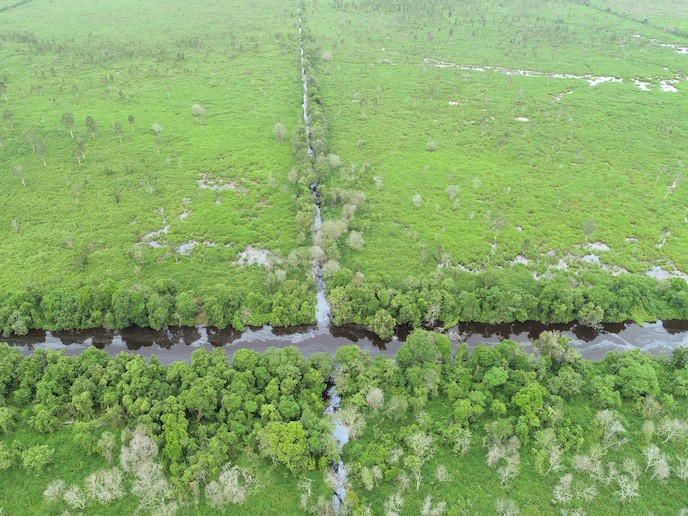A history of lake methane
Methane is a major greenhouse gas, which lakes produce and release to the atmosphere. Little is presently known about how the process responds to environmental changes, including climate change. The EU-funded RECONMET (Reconstruction of methane flux from lakes: development and application of a new approach) project developed a new approach to study how methane production and concentrations in lakes respond to changing environments. In order to study previous responses to environmental change, the team measured the abundance of carbon isotopes in the hard remains of lake arthropods. The investigation relied on the fact that methane-oxidising bacteria produce a particular ratio of carbon isotopes, preserved in the arthropods' remains. By examining sediments, lake environments of previous times can be interpreted in terms of changing methane abundance in the lake water and their sediments. The researchers first screened invertebrate remains from lakes in western, central and northern Europe, in order to find suitable indicator groups. Several invertebrate groups, especially filter-feeders, adequately reflect lake concentrations of methane in their tissues. Using such indicator groups, researchers determined how the importance of methane-derived carbon in food webs responded to various environmental changes. The changes included land-use, oxygen concentrations and climate. The lag between environmental change and response in the carbon sources for the lake food webs ranged from decades to centuries in some instances. Researchers concluded that non-linear ecosystem response should be expected. The RECONMET project established a foundation for more widespread and detailed studies of previous changes in the importance of methane-derived carbon for lake foodwebs. Such studies will permit examination of how the abundance of methane in lakes responded to previous climate change, which will improve predictions about how their carbon cycle responds to changes in the future.







